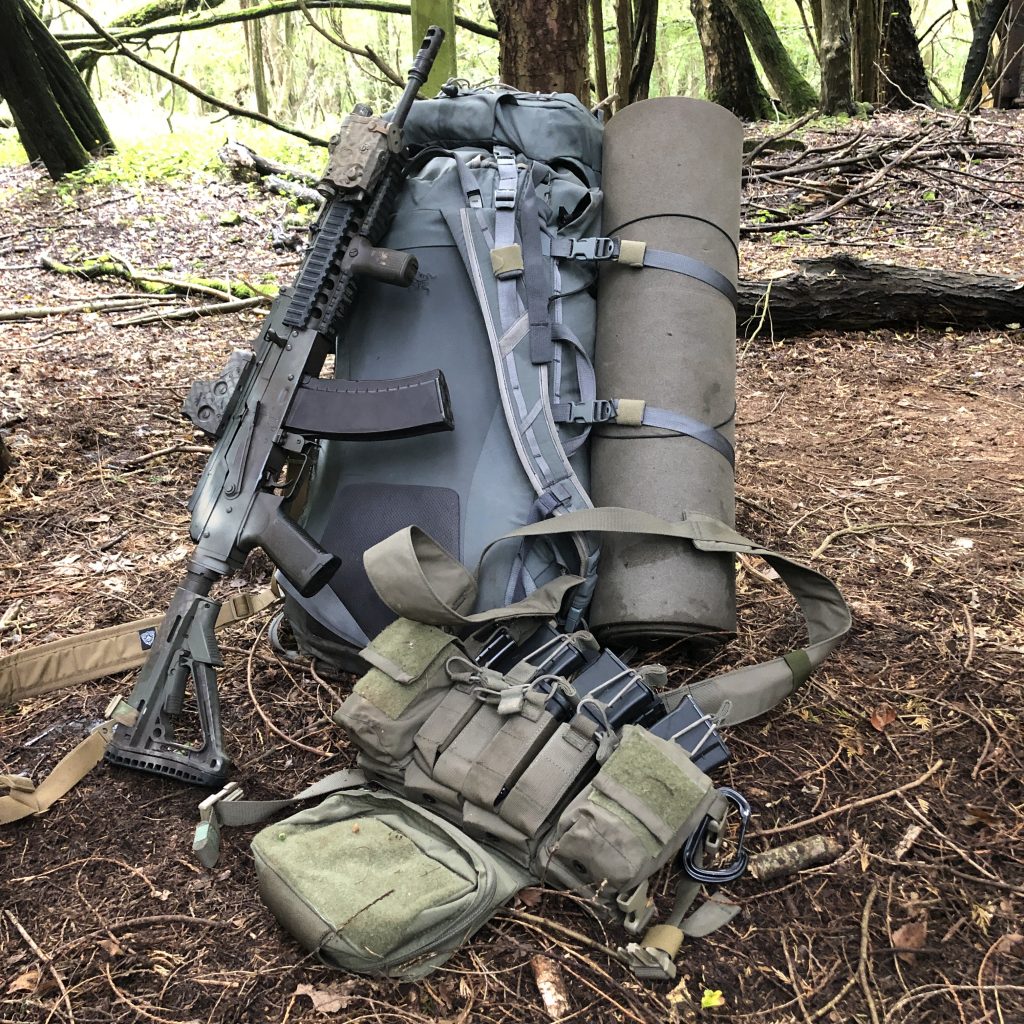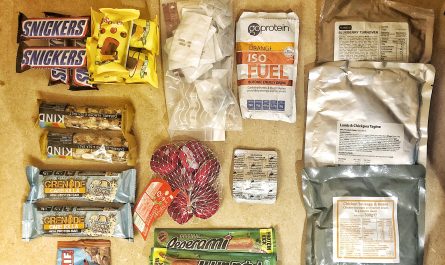Article number 4 in my MilSim Harder series involves me talking about the things you can’t buy:
Skills and Knowledge.
This article isn’t going to turn you into an SF ninja, nor do you need to be. Nevertheless, many MilSims assume some basic skills and knowledge- from patrolling and personal admin to contact drills and comms procedures. A little learning and work here will go a long way. You certainly don’t need to know everything about everything (no one does) but if you can read a map, be sensible on comms and behave in the field, you’ll be well on your way. Luckily, with lock-down and no events, there’s never been a better time to learn (or fewer excuses not to).
There’s a wealth of info out there on all these things so all I’m going to do here is give my 2p’s worth of what a skills shopping list might look like. Perhaps, this might help focus a budding MilSimmer away from kit reviews for a few evenings and towards skills videos and perhaps even into books and then the outdoors for practise. Here’s hoping.
I’ve divided this into Fieldcraft and Other Skills and Knowledge. I’ve also stayed away from fitness, but not because it’s not important. It is important and, quite simply, the fitter you are, the more fun you’ll have. You’ll get to the fight quicker and in better condition. With airsoft ranges and the way that tactics tend to work, fast and aggressive tends to win nine times out of ten. But, to be fast you need to be fit-ish. Other than crap weather, fitness probably causes more people to leave than anything else. Now, I’m no racing snake tri-athlete and fitness is always an area where there’s more work to do but do have a think about it.

Can’t remember where the photo came from.
Patrolling – learn about how a section moves, line of march, how patrolling works etc. In most events, you’re going to spend a lot of time walking around lost patrolling so have an idea of how it’s supposed to work. Also what happens when you stop, all round defence, posting security etc.
Contact Drills – when you do find the enemy (or if they find you first), know what do to. RTR, fallback drills, all this good stuff. Lots of YouTube on this, some of it’s even good.
Pairs fire and manoeuvre – the basics of taking the fight to the enemy: know how to work with a buddy to move forward decisively. Again, lots here on YouTube – another shout for Max Velocity’s videos (someone incidentally who endorses airsoft GBBRs for force-on-force tactical training).
Ambushes – both laying and countering, including snap ambushes.
Basic CQB – hitting buildings and rooms is the bread and butter for many MilSim events: know your way around a stack, room entry, basic clearing drills and staying away from windows.
Hand signals – you’ll see this a lot and it makes a lot of difference: make sure that you can communicate without speaking.
Camouflage and Concealment – use of local material, the 5 S’s, movement etc etc. Even just knowing that staying still is the easiest way to vanish. You’ll get more kills through improvements here than anything else because in airsoft, closing range and shooting first wins and not being seen is essential this this,

Other Skills and Knowledge
Voice procedure – know how to use your comms set up and be competent on the net. “Over and out” is never OK. And please, less of the US voice procedure. It’s just… not really cricket. http://www.thefightschool.demon.co.uk/Radio_Procedures_2_Basic_Radio_Operations.htm
Navigation – while there are relatively few events where you’re left to nav long distances to objectives, basic map and compass skills are really helpful and quicker then getting your phone out to find out where you are. These are two Useful videos and there are more on the Ordnance Survey channel.
Personal Admin – a great cover title for everything from setting up a basha, knowing to only ever remove one item at a time from a pouch or bergan, to sort out your weapon before yourself and to keep eating and drinking and looking after yourself and a load more things besides. As well as being more efficient and looking cool, getting this right makes you more comfy and keeps morale higher on rainy, cold weekend events. Don’t be an admin case.

Comms set-up – if you have a radio, know how to quickly programme the freqs and CTCSS codes as well as disabling lights, bleeps etc. And not hot-mic’ing – eugh. Happens every game: protect your PTT.
First aid – Consider getting on a proper first aid course and be competent at bleeding, breaks, opening airways and CPR, and knowing how to spot heat and cold injuries in yourself and others. The only incidents I’ve seen at airsoft events have been cuts, and sprains, and heat stroke stuff does happen, as does hypothermia in some cases. All this affects the contents of your actual first aid kit – you don’t need chest seals, celox or that crap. Although it looks ally, sack it off in favour a first kit you’re trained to us. No offence, but if you’ve no recent first aid training, I don’t want you anywhere near me. I’m a bit pot-kettle on this because my wilderness first aid certificate ran out of the this last winter so I need a refresh once COVID-19 passes and courses run again.
After all that – where should you go to pick up this stuff? You can probably learn any skill on YouTube so that’s a good place to start. I’ve slotted links in above as well, but for some stuff (notably first aid), it’s worth paying for a proper course.
For other stuff, there’s a lot of teaching slide decks for cadets knocking around which are identical to what you’d get at Phase 1 army training establishments: seek them out. Cadet instruction often matches military Phase 1 training relatively closely so don’t automatically dismiss it.
Some final tips:
Turn up ready to get changed, and go. This is my single biggest pro tip- arrive at the game ready to get changed and then go. I majored on this in the last article but this means:
- Kit packed and ready
- Mags loaded
- Comms ready
- Whatever you want in your pockets already put there
Play the game. Know the rules for medics etc, and take your hits. Nothing ruins a game like cheating and it’s not cool. We’re all just playing and having fun depends on this. Taking your hits is cool.
Basic admin. Keep yourself and your kit neat and tidy and you’ll look like a pro.
Finally – Good manners. Be a decent, civilised human. Don’t cheat, get angry or rage at organisers. Be constructive. I’ve seen people get banned by organisers for deliberately having hot guns over FPS limits and for fighting, and for alcohol on site (not all at the same time). This does happen and words gets around. As in all things: Don’t be a dick. Be someone with good kit, skills, knowledge and attitude, who people want to have on their team. Get this right, you’ll get the best taskings with the best players and you’ll win more. Happy days.




Another awesome piece……
Couldn’t agree more on all that is said.